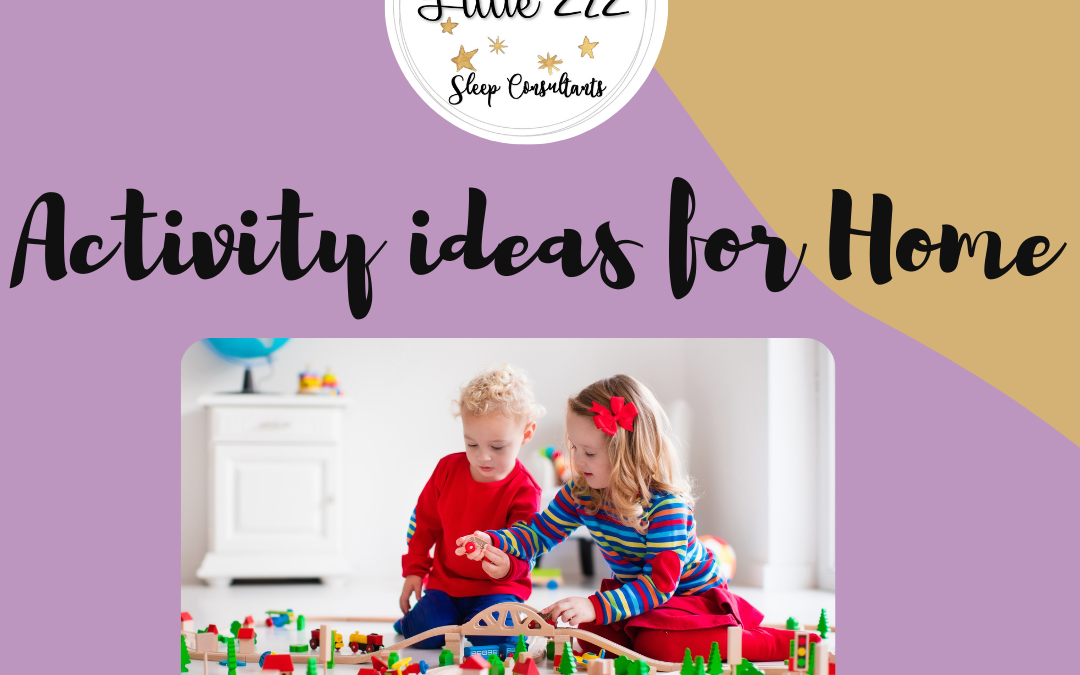Fun, easy activities to do at home is a great way to keep our little ones happy, entertained and maybe sneak in a bit of learning. As an early childhood educator, I am a big advocate for play based learning. This means children learn through play, they have no idea what they are doing is learning.
The first one is ………….
Sorting
Sorting and grouping things together is an important cognitive skill. It teaches our little ones to notice similarities and differences, learn to categorise, and develops early literacy and numeracy skills. You can also use sorting as an opportunity to create patterns. Patterns are the beginning of literacy and numeracy skills. So, what can you sort, beads, pegs, buttons, magnets, random objects and the list goes on. We can sort them into colour, size, shape, or whatever suits. To extend it you can use thongs, this strengthens fine motor skills and hand eye coordination.
Threading
Threading is a great activity to help children develop fine motor skills essential for being able to draw, write, do up buttons, tie shoelaces, open lunch boxes and more. Threading also helps to develop eye-hand coordination and concentration skills. Children can also learn language skills as they name colours and describe what they are using. To do threading you can buy different size beads and string or fishing line. Or you can use a packet to pasta. Start with Penne and move to something a bit harder like macaroni. You could also thread the pasta or beads onto pipe cleaners. You can also thread pool noodles, this is great for toddlers. We can also use buttons and any odds or ends with a hole in it.
Painting
There are many benefits of painting for children including sensory development, colour learning, fine motor development, exercising creativity, being able to express emotions and building self-esteem. Painting is also a great activity to help teach concepts like shapes and letters in a fun and engaging way. Painting can also include problem solving and hypothesising with colour mixing and exploring new ideas. You can buy paint and any discount shop. You can also make it with 4 cups water, 1 cup corn-starch, 6 tbsp granulated white sugar, 1 tsp salt. Water paint is also a great idea and is less messy. You can paint with food colouring, tooth brushes, sponges, potato masher, fingers, anything really.
Sensory Play
There are so many benefits to sensory play. Sensory play encourages working on independent play skills, math skills (capacity), imaginary play / dramatic play, life skills (pouring, scooping, transferring), fine motor skills, tactile learning and developing self-control to name a few. Sensory play doesn’t have to be messy; you can contain it to a large container or do it outside. Some simple ideas are shaving cream, toys frozen in water (ice), raw rice coloured or white, shredded paper, goop (water and cornflour), pom poms in water, cooked spaghetti, and slime. You can add toy animals, cars, different size containers, pouring jugs, mixing spoons or any other toys you have.
I love messy play; I often regret it but always have fun.
Drawing
Drawing is a great way to encourage hand-eye coordination, fine motor skills improve, scribbles will develop into more controlled attempts to draw an object. Drawing and scribble is the beginning or learning to write and develop pencil grip. Drawing also encourages creativity. Experiment with different tools for drawing – including crayons, pencils, thick markers, and chalk. Nothing better to draw on then a piece of blank paper. You can provide inspiration for your child, such as pictures of animals, people, artwork, other drawings. Drawing with your child provides an example of how to draw and can be a great way to encourage your child to open up.

